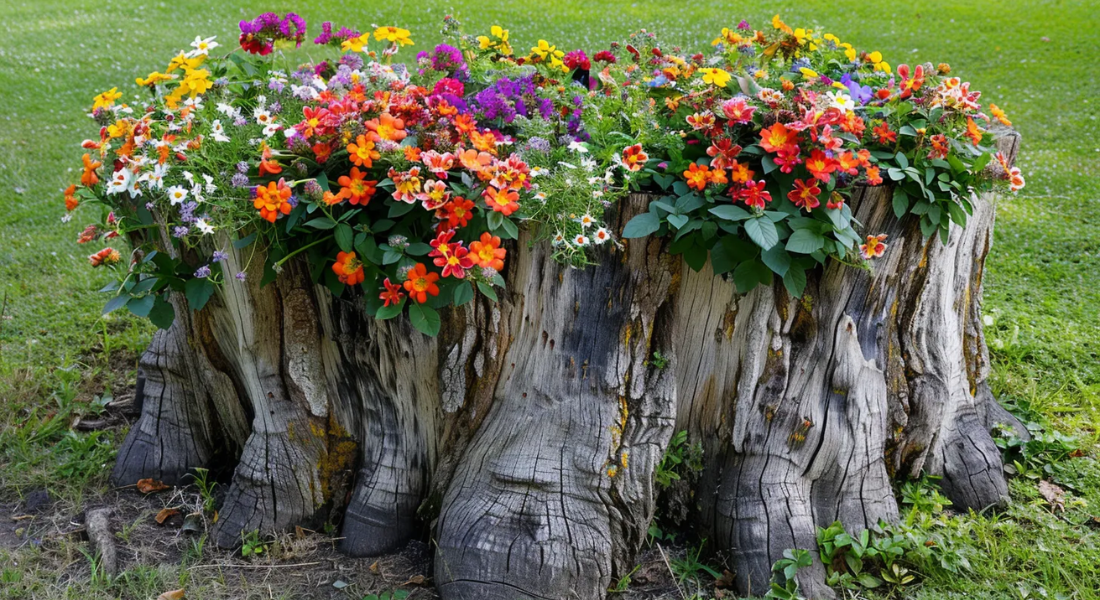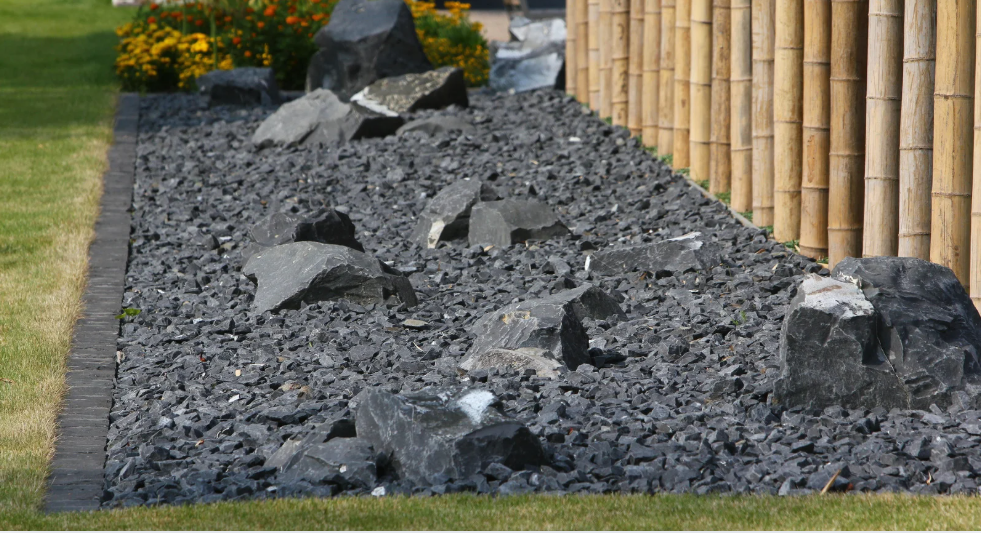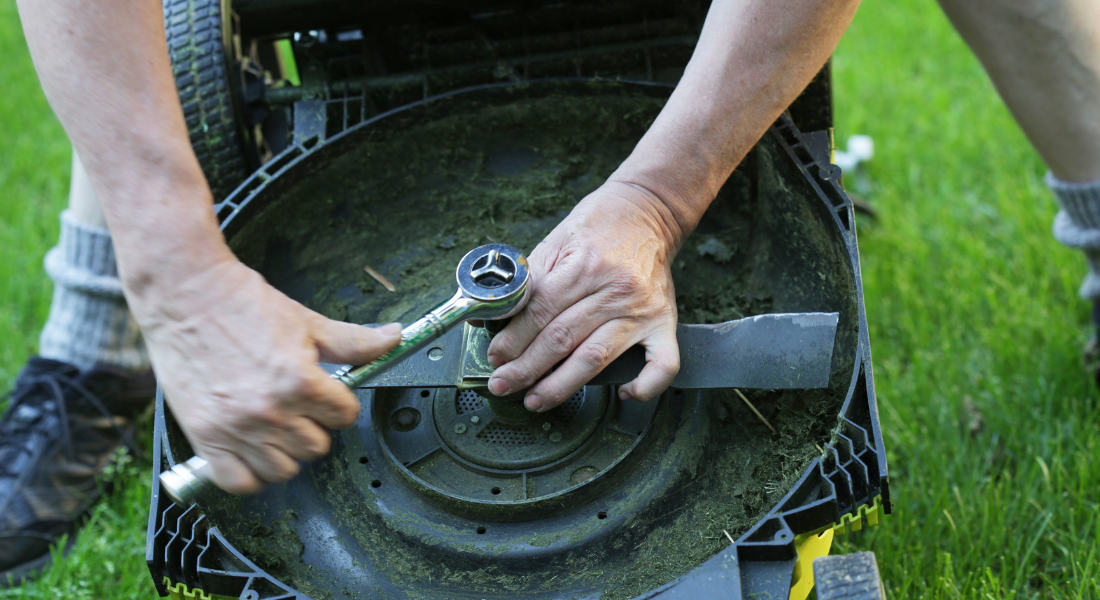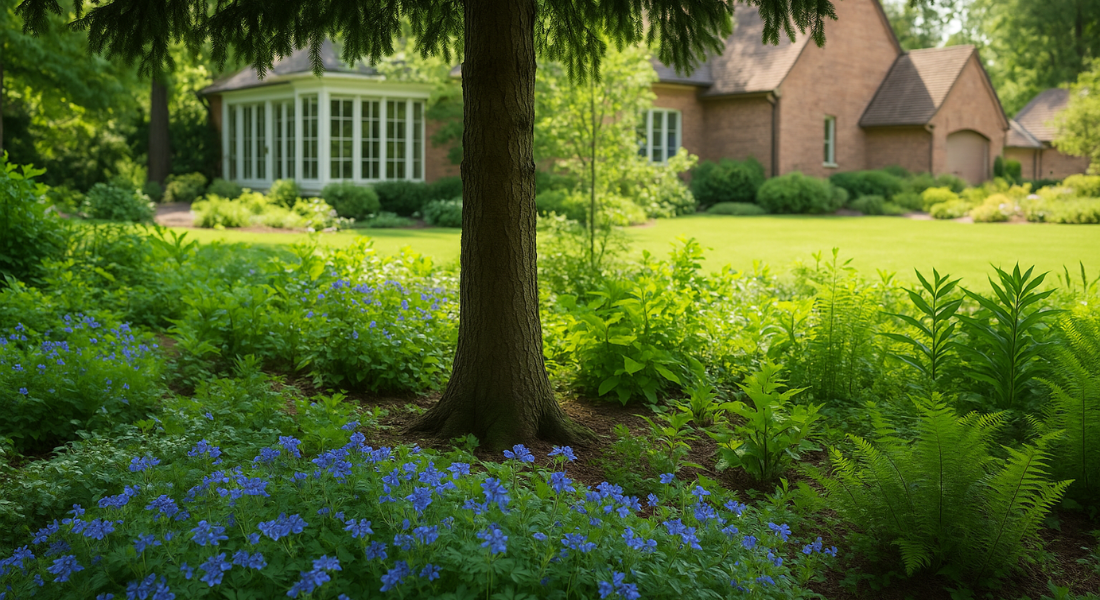Bermuda Bliss: Expert Tips for Lush & Healthy Bermuda Grass
Are you looking to transform your lawn into a verdant oasis that can withstand the scorching sun and still remain vibrant? Look no further than Bermuda grass. In this comprehensive guide, we’ll delve into everything you need to know about Bermuda grass, from its care and maintenance to why it’s the perfect choice for a healthy, green lawn. Whether you’re a seasoned gardener or a novice, this article is your go-to resource for cultivating a beautiful Bermuda grass lawn that’s the envy of the neighborhood.
What is Bermuda Grass and Why Choose it for Your Lawn?
Before diving into the nitty-gritty of Bermuda grass care, let’s understand what makes it so special. Bermuda grass (Cynodon dactylon) is a warm-season grass renowned for its ability to thrive in full sun, making it an ideal choice for lawns in hot climates. Its dense, lush growth, coupled with exceptional drought tolerance, makes it a popular choice for homeowners seeking a beautiful, low-maintenance lawn that can withstand the rigors of summer.
Fun Fact!
Did you know that Bermuda grass has a unique ability to withstand heavy foot traffic and recover quickly from damage? This resilience has earned it the nickname “the bouncer of the lawn world.” So, next time you’re hosting a backyard barbecue or enjoying a game of soccer, rest assured that your Bermuda grass lawn can handle the action and bounce back beautifully!
Benefits of Choosing Bermuda Grass for Your Lawn
Bermuda grass offers a plethora of benefits that make it an ideal choice for homeowners seeking a vibrant, resilient lawn. With its exceptional drought tolerance, Bermuda grass can thrive in hot, sunny climates where other grass species may struggle. Its dense growth habit and vigorous root system make it adept at outcompeting weeds, resulting in a lush, weed-free lawn.
Additionally, Bermuda grass requires less water and fertilizer compared to cool-season grasses, making it a more sustainable option for environmentally conscious gardeners. Whether you crave a pristine lawn for outdoor activities or simply want to enhance your home’s curb appeal, Bermuda grass delivers unparalleled beauty and durability.
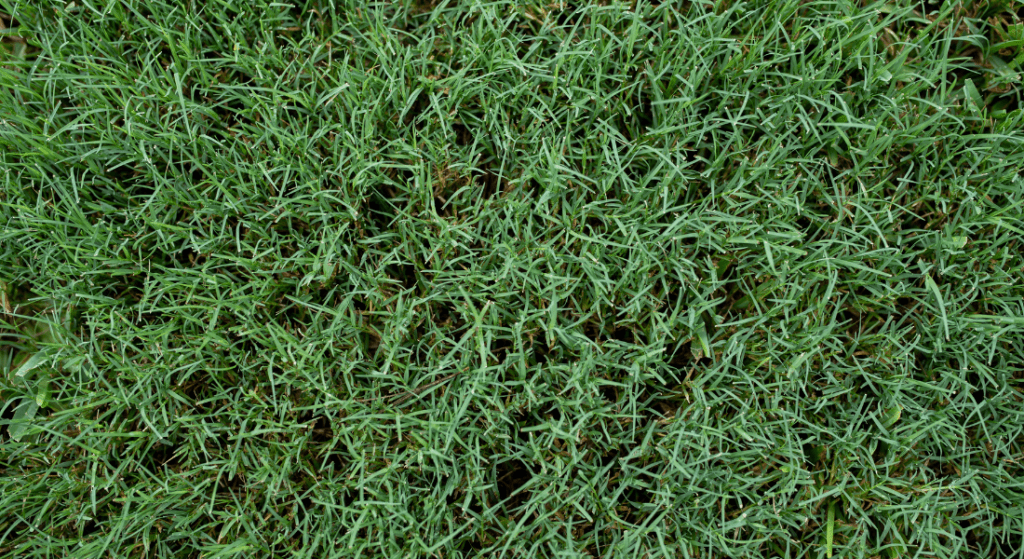
Understanding Bermuda Grass Care Requirements
To cultivate a thriving Bermuda grass lawn, it’s crucial to understand its unique care requirements. Bermuda grass thrives in full sun and well-drained soil, so be sure to choose a sunny spot with good drainage for optimal growth. Regular mowing is essential to maintain Bermuda grass at its ideal height of 1 to 1.5 inches, promoting dense growth and preventing thatch buildup. Proper watering is also key, with deep, infrequent watering preferred to encourage deep root growth and drought tolerance. By meeting these essential care requirements, you can ensure that your Bermuda grass lawn remains healthy and vibrant year-round.
Establishing Bermuda Grass: Seeding vs. Sodding
When it comes to establishing a Bermuda grass lawn, homeowners have two primary options: seeding or sodding. Seeding is a cost-effective method that allows for greater customization of grass varieties and is ideal for larger areas. However, it requires patience as Bermuda grass can take several weeks to germinate and establish.
On the other hand, sodding provides instant gratification with a fully mature lawn, making it perfect for those seeking immediate results. While sodding may be more expensive upfront, it offers the advantage of instant curb appeal and reduced weed competition. Ultimately, the choice between seeding and sodding depends on your budget, timeline, and preferences for your Bermuda grass lawn.
Optimal Timing for Planting Bermuda Grass
The optimal timing for planting Bermuda grass depends on various factors, including climate and soil temperature. As a warm-season grass, Bermuda grass thrives in temperatures above 65°F (18°C) and requires ample sunlight for optimal growth.
In most regions, the best time to plant Bermuda grass is during the late spring or early summer when soil temperatures are consistently warm. This allows the grass to establish a robust root system before the onset of summer heat. Avoid planting Bermuda grass in the fall, as cooler temperatures may hinder its ability to establish before winter dormancy. By timing your Bermuda grass planting correctly, you can ensure successful establishment and a healthy lawn for years to come.
Mowing Practices for Bermuda Grass
Proper mowing is essential for maintaining a healthy Bermuda grass lawn. To promote dense, vigorous growth, mow Bermuda grass regularly during the growing season, typically from late spring to early fall. Set your mower blade to a height of 1 to 1.5 inches for a manicured appearance, being careful not to scalp the lawn. Avoid removing more than one-third of the grass blade length in a single mowing session, as this can stress the grass and inhibit growth.
Additionally, sharpen your mower blades regularly to ensure clean, precise cuts that promote a healthier lawn. By following these lawn mowing practices, you can keep your Bermuda grass looking lush and vibrant year-round.
Watering Guidelines for a Healthy Bermuda Grass Lawn
Proper watering is critical for maintaining a healthy Bermuda grass lawn, especially during periods of hot, dry weather. While Bermuda grass is drought-tolerant, it still requires regular watering to thrive.
Deep, infrequent watering is preferable to frequent shallow watering, as it encourages deep root growth and drought tolerance. Water Bermuda grass early in the morning to minimize evaporation and fungal diseases, allowing the grass blades to dry before evening. Monitor soil moisture levels and adjust watering frequency based on weather conditions and grass requirements. By following these watering guidelines, you can ensure that your Bermuda grass lawn remains lush and green throughout the growing season.
Fertilization Tips for Bermuda Grass
Fertilization plays a crucial role in promoting healthy growth and vibrant color in Bermuda grass lawns. To ensure optimal growth, apply a balanced fertilizer with a nitrogen-phosphorus-potassium (N-P-K) ratio of 4-1-2 in early spring as the grass begins to green up. Follow up with additional applications every 6 to 8 weeks during the growing season, tapering off in late summer to avoid excessive growth before winter dormancy. Avoid over-fertilizing, as this can lead to thatch buildup and environmental pollution.
Additionally, consider conducting a soil test to determine nutrient deficiencies and tailor your fertilization program accordingly. By following these fertilization tips, you can promote lush, healthy growth in your Bermuda grass lawn.
Dealing with Common Issues: Weeds and Diseases
While Bermuda grass is known for its resilience, it is not immune to common issues such as weeds and diseases. To prevent weed infestations, maintain a dense, healthy lawn through proper mowing, watering, and fertilization practices. Consider using pre-emergent herbicides in early spring to prevent weed seeds from germinating and post-emergent herbicides to target existing weeds.
When it comes to diseases, practice good lawn maintenance habits such as proper watering and mowing to minimize the risk of fungal infections. Treat fungal diseases promptly with fungicides labeled for use on Bermuda grass, following application instructions carefully. By staying vigilant and addressing common issues promptly, you can keep your Bermuda grass lawn looking its best year-round.
Conclusion: Cultivating a Beautiful Bermuda Grass Lawn
In conclusion, cultivating a beautiful Bermuda grass lawn requires careful attention to its unique needs and challenges. By understanding Bermuda grass care requirements and implementing proper maintenance practices, you can create a lush, vibrant lawn that enhances your outdoor space and provides years of enjoyment for you and your family.
From optimal timing for planting to effective weed and disease management, every step plays a crucial role in achieving lawn perfection. For more information on managing weeds effectively, visit this guide on crabgrass. With dedication and proper care, your Bermuda grass lawn can become the envy of the neighborhood, showcasing the beauty and resilience of this versatile turfgrass.

Lawn Maintenance With Green Life Service:
We offer more than just lawn mowing; our comprehensive lawn maintenance service ensures your lawn remains healthy and vibrant year-round. From fertilization and weed control to pest management, we go above and beyond to keep your lawn green and lush in every season. Contact us today and get tailored care that meets the unique needs of your lawn!
Discover why the role of fertilization in lawn health is essential for maintaining a healthy lawn.
Key Takeaways:
- Bermuda grass thrives in full sun and well-drained soil.
- Proper soil preparation is essential for successful establishment.
- Regular mowing, watering, and fertilization are key to maintaining a healthy Bermuda grass lawn.
- Promptly address issues such as weeds and fungal diseases to prevent damage to your lawn.
FAQ
What is the best thing to put on Bermuda grass?
The best thing to put on Bermuda grass is a balanced fertilizer with a nitrogen-phosphorus-potassium (N-P-K) ratio of 4-1-2 or similar. This provides the essential nutrients needed for Bermuda grass to thrive and maintain its vibrant color and dense growth. Additionally, incorporating organic matter such as compost into the soil can improve soil structure and nutrient retention, further enhancing Bermuda grass health.
How do I make my Bermuda lawn perfect?
To make your Bermuda lawn perfect, follow these steps:
- Proper Mowing: Maintain Bermuda grass at a height of 1 to 1.5 inches for a manicured appearance, being careful not to scalp the lawn.
- Regular Watering: Water deeply and infrequently to encourage deep root growth and drought tolerance.
- Fertilization: Apply a balanced fertilizer with a 4-1-2 N-P-K ratio in early spring and throughout the growing season.
- Weed Control: Keep weeds at bay by maintaining a dense, healthy lawn through proper maintenance practices and the use of pre-emergent and post-emergent herbicides as needed.
- Disease Prevention: Practice good lawn maintenance habits such as proper watering and mowing to minimize the risk of fungal diseases. Treat fungal infections promptly with fungicides labeled for use on Bermuda grass.
By following these steps consistently, you can achieve a perfect Bermuda lawn that’s the envy of the neighborhood.
What is the best killer of Bermuda grass?
The best killer of Bermuda grass depends on the method and extent of weed control needed. For selective control of Bermuda grass in cool-season grass lawns or ornamental beds, herbicides containing glyphosate or fluazifop-p-butyl are effective options. These herbicides target Bermuda grass while sparing desirable turf or plants. For non-selective control of Bermuda grass in areas where no vegetation is desired, such as sidewalks or driveways, glyphosate-based herbicides are commonly used. However, it’s essential to follow label instructions carefully and take precautions to prevent unintended damage to nearby plants.
What is the best Bermuda grass strain?
The best Bermuda grass strain depends on factors such as climate, soil conditions, and intended use. Common Bermuda grass varieties include ‘Tifway 419,’ known for its dense, fine texture and excellent wear tolerance, making it ideal for high-traffic areas like sports fields and golf courses. ‘Celebration’ Bermuda grass is another popular choice, prized for its deep green color, drought tolerance, and resistance to disease and pests. When selecting a Bermuda grass strain, consider factors such as climate adaptability, maintenance requirements, and intended use to choose the best variety for your specific lawn or landscaping needs.

